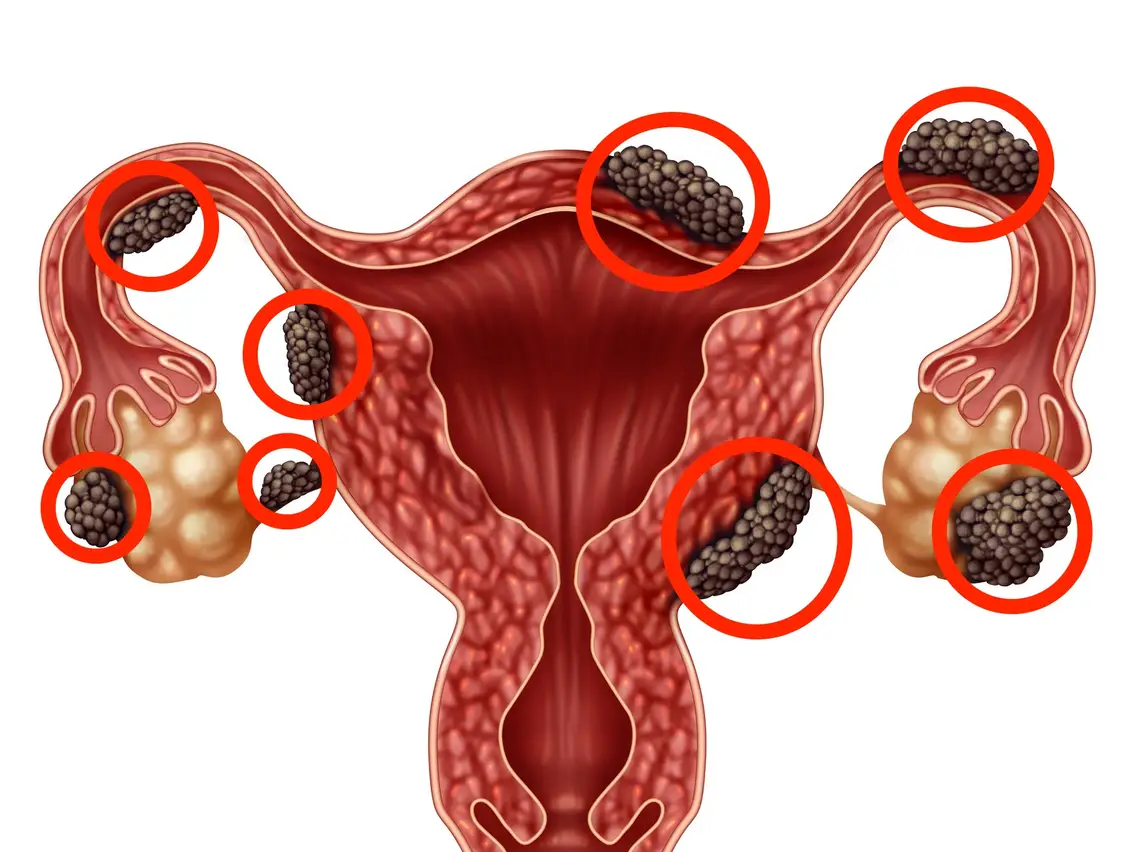
ENDOMETRIOSIS
The first mention of the disease with the characteristic symptoms of endometriosis and the description of its treatment are found in the Egyptian papyri of Ebert. There are a number of theories explaining the causes of this ailment, but none of them fully reveal the mechanism of its development, the variety of forms of its manifestation.
Endometriosis is a pathological process of benign growth in various organ tissues, similar in its composition and functions to the endometrium, the inner lining of the uterus, which breaks off during menstruation and is removed with blood.
Endometriotic growths undergo cyclical transformations, have the ability to penetrate the surrounding tissues and cause large-scale adult processes.
Currently, the cause of endometriosis is explained by a genetic predisposition, the theory of hormonal development of the disease, according to which, the appearance of endometriosis is related to a disturbance in the amount and ratio of hormones in a woman’s body. This is confirmed by the identified changes in the foci of endometriosis during the menstrual cycle and the reverse course of the development of the disease during pregnancy and after menopause.
The theory of implantation predicts that separated particles of the endometrium settle on the ovaries, fallopian tubes, peritoneum and initiate the development of the disease.
However, the most important are negative shifts in the neuroendocrine system due to stress, improper nutrition, general somatic diseases, internal secretion gland function disorders, genital infections.
Depending on the localization of the process, genital and extragenital endometriosis (located outside the genitals) are distinguished.
Genital, in turn, is divided into internal (damage to the body of the uterus) and external (damages to the cervix, vagina, ovaries, fallopian tubes, pelvic peritoneum, etc.).
As a rule, endometriosis has the appearance of foci (nodules, nests) (round, oval and irregular shapes) that are separate or merge with other tissues of small organs, in the cavities of which there is a dark thick or transparent liquid.
Endometrial formations can consist of many small cystic cavities (cellular structure) or acquire the character of a cyst (for example, an endometriotic ovarian cyst).
